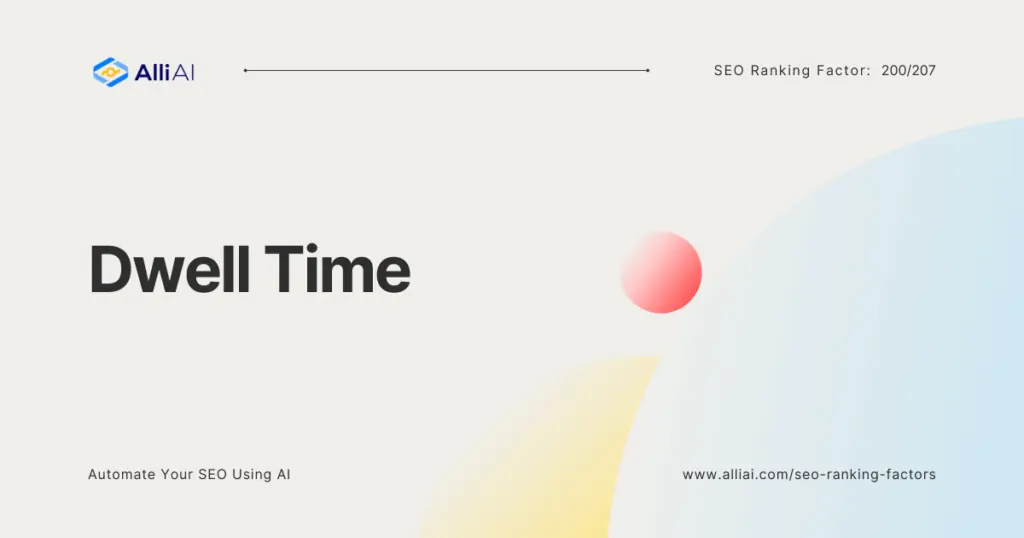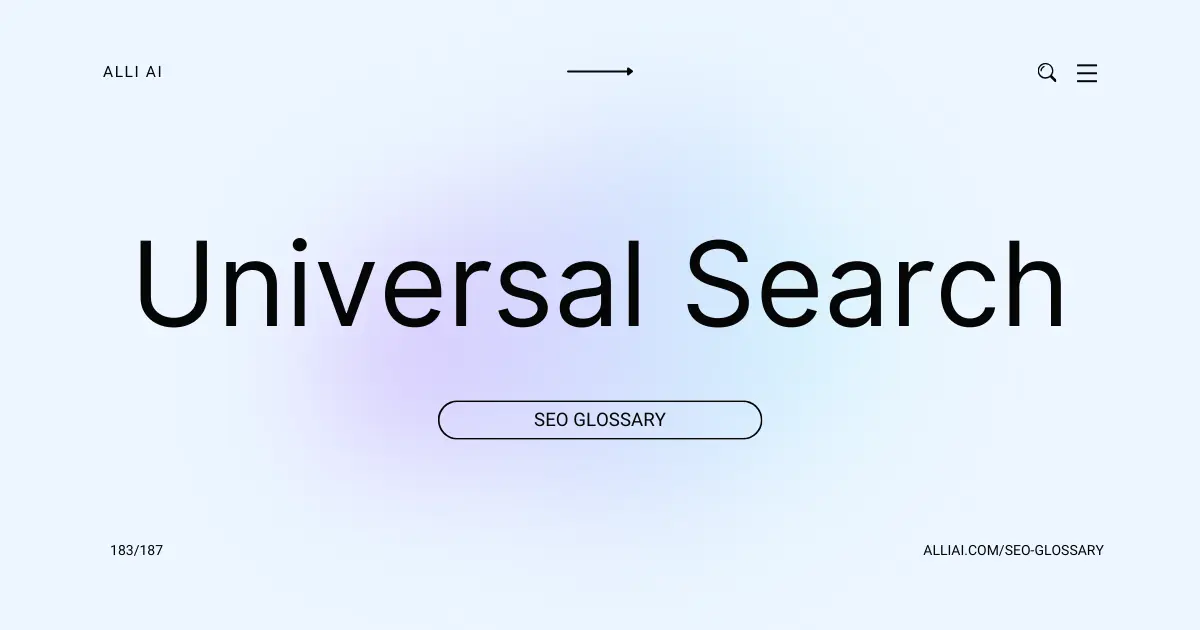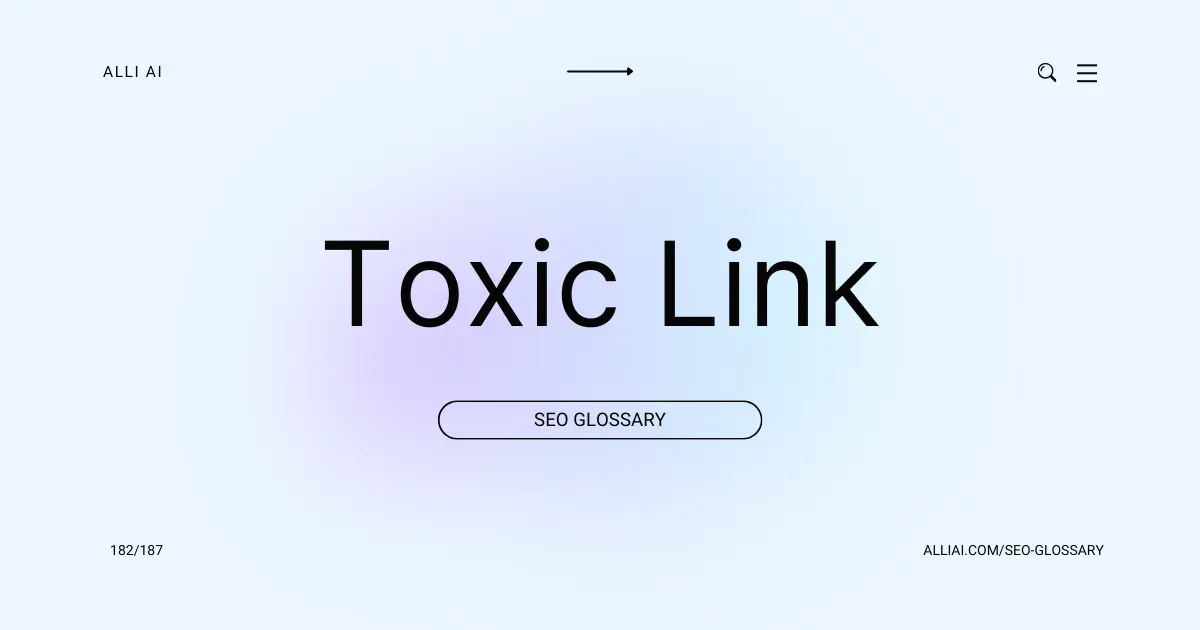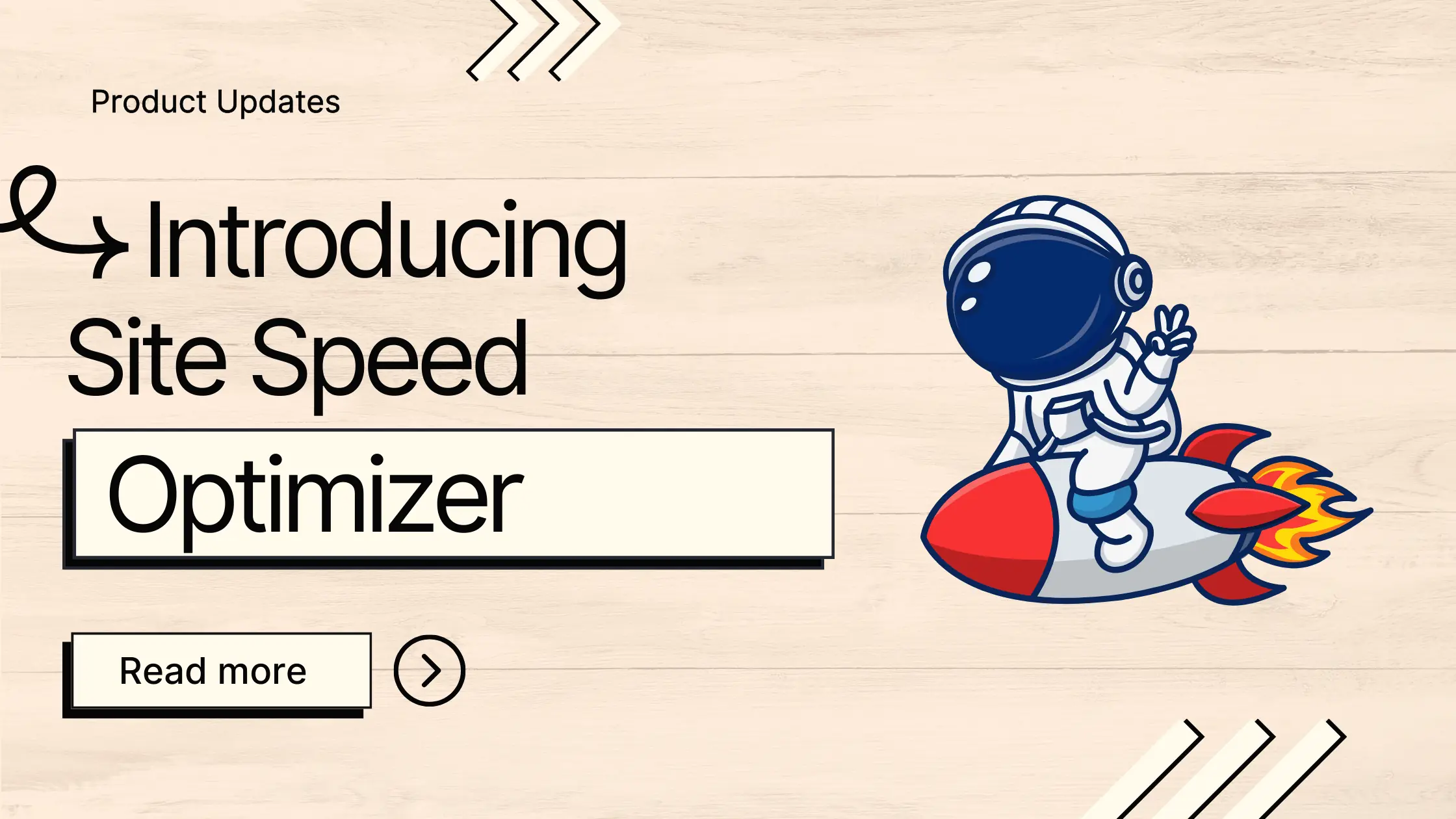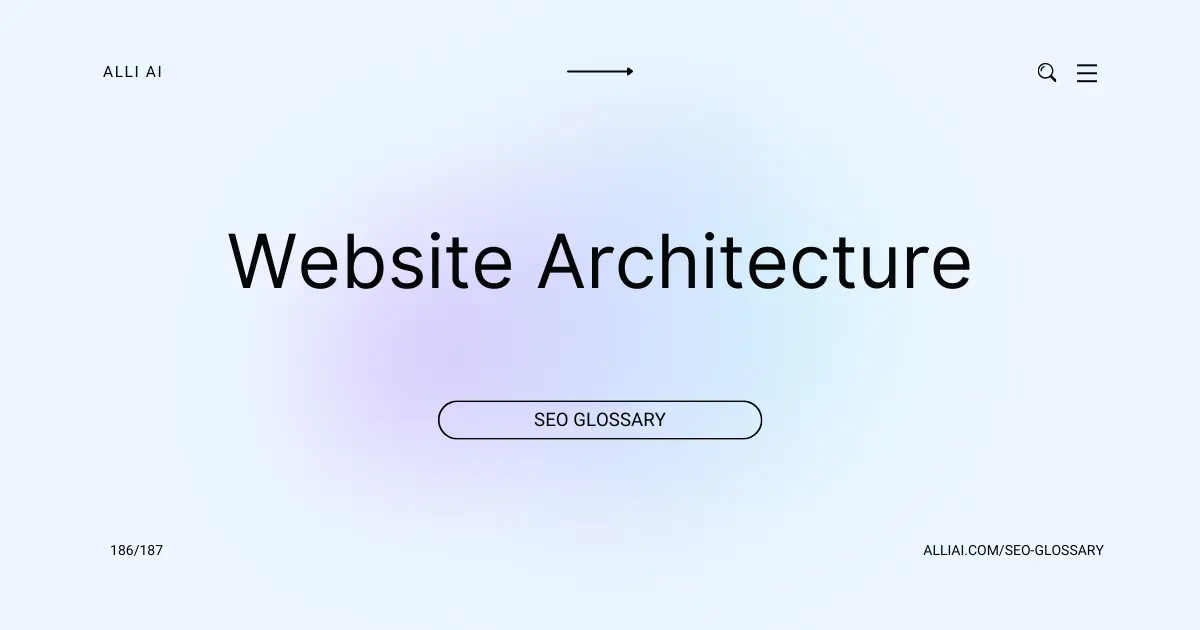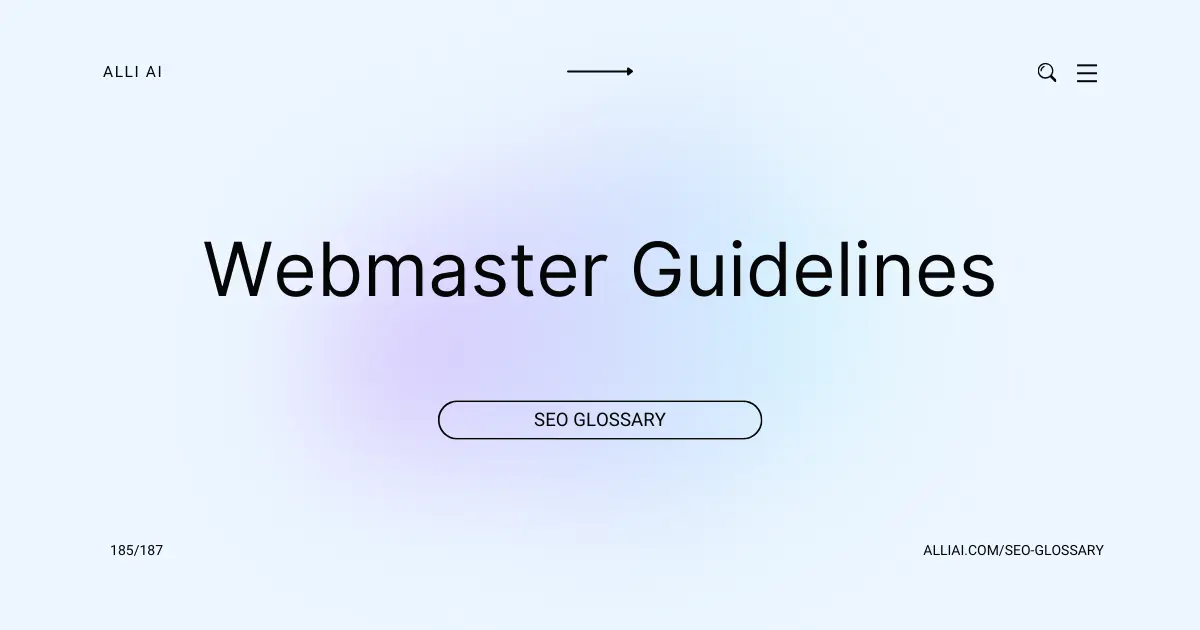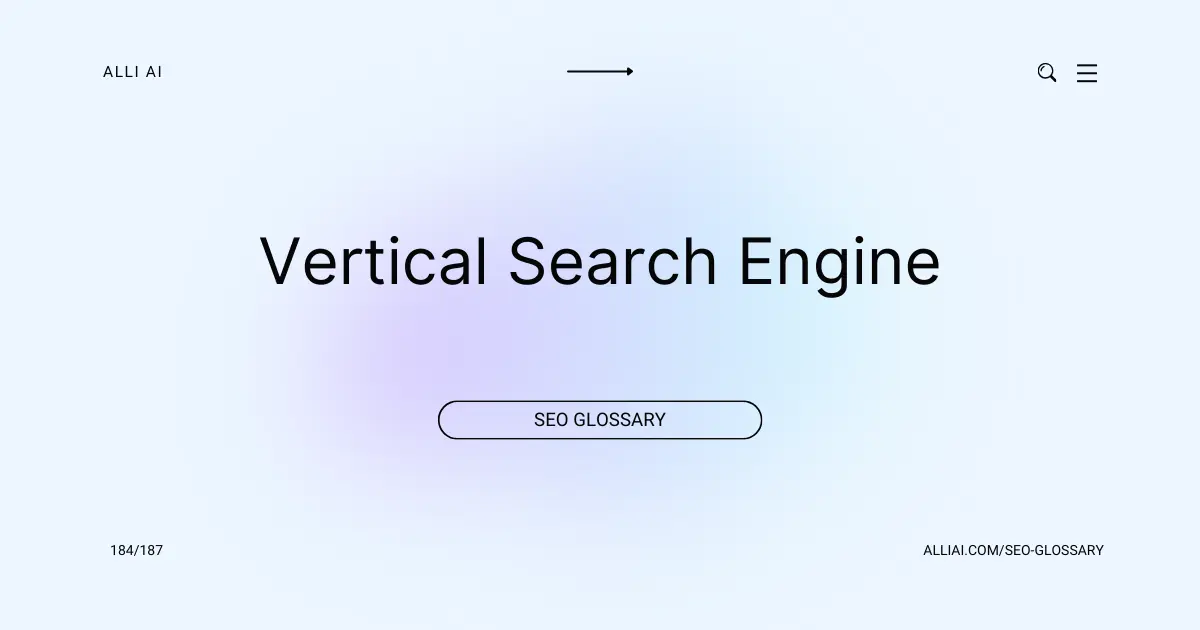What Does Dwell Time Mean?
Dwell Time refers to the length of time a visitor spends on a webpage after clicking a link in a search result before returning to the search engine’s results page. It’s a signal used to gauge the relevance and value of content on a webpage. High dwell time can indicate that the content was engaging and useful to the visitor.
Where Does Dwell Time Fit Into The Broader SEO Landscape?
Dwell Time is a metric that gauges how long a visitor stays on a webpage after clicking on a search engine result before returning to the SERPs (search engine results pages). This metric indirectly impacts SEO as it is a signal to search engines about the quality and relevance of the content on the page. If users spend more time on a website, it suggests that the content is useful and engaging, which could lead to higher rankings in search results. Conversely, if visitors frequently return to the SERPs quickly, it may indicate that the content is not satisfying user queries well, potentially harming the website’s SEO performance. This makes Dwell Time an important consideration for on-page optimization, content quality, and user engagement strategies in SEO.
Real Life Analogies or Metaphors to Explain Dwell Time
1. Dwell Time is like watching a good movie in the theater. Just as a captivating movie holds your attention, keeping you in your seat until the end credits, a website with compelling content keeps a visitor engaged for a longer period before they return to the search engine results page.
2. Think of Dwell Time as a coffee shop visit. If the cafe is cozy, offers your favorite coffee, and perhaps a comfortable place to sit, you are likely to stay longer enjoying your drink. Similarly, if a webpage is engaging and provides valuable information, visitors will spend more time on the site.
3. Dwell Time can be likened to reading a book at a bookstore. If the book grabs your interest, you’re likely to keep reading, standing or sitting in the aisle, immersed in the story. The more engaging the book, the longer you’ll stay. This is similar to a user staying on a webpage because the content is engaging and relevant.
4. Consider Dwell Time as a park bench scenario. When the view is beautiful and the weather is pleasant, you are likely to sit and enjoy the surroundings for a longer time. The same goes for a website – if the ‘view’ (content) is intriguing and user-friendly, a visitor tends to linger longer.
5. Dwell Time is like a guest at a party. The more enjoyable the party (website), with interesting people (content) to interact with and good music (user experience), the longer the guest will want to stay.
How the Dwell Time Functions or is Implemented?
1. User makes a query on a search engine: The user types a question or keyword into a search engine to find specific information.
2. User clicks on a search result: From the list of results provided by the search engine, the user selects a link that appears relevant.
3. User lands on the web page: This begins the session, and the clock starts ticking for dwell time measurement.
4. User engagement with the page: The user reads content, watches videos, or interacts with different elements on the page. Effective and engaging content tends to hold the user’s attention longer.
5. User leaves the page: The user can exit by closing the tab/window, clicking back to the search results, entering a new search, or navigating to another site.
6. Tracking dwell time: The search engine tracks the amount of time from the user clicking on a search result to when they leave the page. This time period is referred to as the “dwell time.” Typically, a longer dwell time is interpreted as the content being more relevant or engaging to the user’s query.
7. Feedback to search ranking algorithms: Search engines use information about dwell times across many users to assess and adjust the ranking of the webpage in the search results. Pages where users tend to spend more time might be seen as offering higher quality content, thus improving their ranking for relevant queries.
Impact Dwell Time has on SEO
Dwell Time directly impacts SEO performance and rankings by influencing how search engines judge the value and relevance of a website’s content. When visitors stay on a page for longer periods, it suggests high-quality, engaging content, which search engines favor in their rankings. Indirectly, increased dwell time can lead to improved user experience as it typically involves engaging, well-structured content that meets the users’ needs. Additionally, high dwell time may reduce bounce rates, further signaling to search engines that the content is effective and relevant, thereby positively affecting SEO outcomes.
SEO Best Practices For Dwell Time
1. Improve Content Quality:
– Create engaging, informative, and well-researched content that directly addresses the needs and interests of your target audience.
– Use a clear and compelling headline.
– Structure your content with subheadings, bullet points, and short paragraphs to make it easier to read.
2. Enhance User Engagement:
– Incorporate multimedia elements such as images, videos, infographics, and audio to enrich the user experience.
– Add interactive elements like quizzes, polls, and clickable slideshows.
3. Optimize Page Load Speed:
– Compress images and use modern formats like JPEG 2000, JPEG XR, or WebP.
– Minimize HTTP requests by reducing the number of elements on your page.
– Use asynchronous loading for CSS and JavaScript.
– Implement server-side optimizations and consider a Content Delivery Network (CDN).
4. Mobile Responsiveness:
– Ensure your website is fully responsive and looks good on all devices.
– Implement a mobile-first design approach.
– Optimize navigation and touch elements for mobile use.
– Test mobile usability with tools like Google’s Mobile-Friendly Test.
5. Internal Linking Strategy:
– Use internal links to guide visitors to related content, increasing the chance they’ll spend more time on your site.
– Make sure the anchor text for internal links is relevant and provides clear information about the linked content.
6. Optimize Content Layout:
– Place important content above the fold to catch visitor’s attention immediately.
– Ensure that your layout is clean and uncluttered, prioritizing user experience.
7. Implement Exit-Intent Pop-Ups:
– Use exit-intent pop-ups to engage visitors with a last-minute message or offer that might interest them, potentially prolonging their session duration.
8. Regularly Update Content:
– Keep your content fresh and up-to-date to encourage return visits and longer dwell times.
– Update outdated articles with new information and republish them.
9. Use A/B Testing:
– Regularly test different versions of your content and design elements to see which ones keep users on your site longer.
– Use analytics to monitor how changes affect your dwell time.
10. Monitor and Analyze User Behavior:
– Use tools like Google Analytics to track dwell time and other engagement metrics.
– Analyze bounce rate and exit pages to identify where users are losing interest.
– Make adjustments based on data to improve user engagement.
Common Mistakes To Avoid
1. Ignoring User Experience:
– Ensure the site is visually appealing and easy to navigate to encourage longer visits.
2. Poor Content Quality:
– Invest in high-quality, engaging, and valuable content that meets the needs and interests of your audience.
3. Slow Page Load Times:
– Optimize images and utilize modern caching techniques to improve loading times, as users may leave quickly if a site is slow.
4. Not Optimizing for Mobile:
– Ensure your site is fully responsive and mobile-friendly, as a significant portion of web traffic comes from mobile devices.
5. Failing to Update Content:
– Regularly refresh content to keep it current and engaging, prompting users to stay longer and return frequently.
6. Ineffective Call-to-Action (CTA):
– Use clear, compelling CTAs that are easy to find and prompt deeper engagement with your site’s content.
7. Ignoring Analytics:
– Use tools like Google Analytics to track dwell time and identify which pages perform well or poorly, adjusting strategies accordingly.
8. Lack of Multimedia:
– Incorporate videos, infographics, and images to enrich textual content, making the overall experience more engaging and potentially increasing dwell time.
9. Pop-Ups and Intrusive Ads:
– Limit or strategically place ads and pop-ups to avoid disrupting the user experience, which could otherwise lead to quick exits.
10. Not Encouraging Exploration:
– Structure your site with clear navigation and interlink between relevant content to facilitate easy movement through your website pages.
